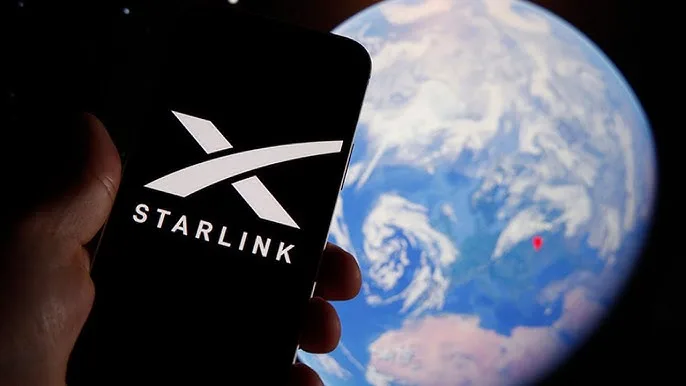You’re in the Middle of Nowhere, but Your Internet Connection is Blazing Fast
You’re in the middle of nowhere with no cell towers, no fiber cables, and yet, your internet connection is blazing fast. Streaming movies, attending Zoom meetings, and even gaming online, all without a single blink of an eye. Sounds too good to be true? Well, it’s not. It’s real. And the name behind it? Starlink, SpaceX’s ambitious satellite internet project that’s shaking up the game.
They aren’t just aiming to provide internet. They aim to connect every corner of the planet. Be it a remote village, a boat in the middle of the ocean, or exploring a mountain peak, Starlink’s got your back. And guess what? It’s only just getting started.
A World Still Offline
Let’s talk numbers. Did you know that over 2.9 billion people still don’t have access to the internet? That’s around 37% of the global population! For many, it’s not just about no Wi-Fi at the local cafe, it’s about no internet at all.
In rural and remote areas, traditional internet service providers (ISPs) either don’t exist or offer painfully slow speeds. Installing fiber-optic cables across mountains, deserts, or islands? Too costly. Too difficult. Too time-consuming.
But SpaceX, led by Elon Musk, saw an opportunity. Why lay cables underground when you can beam internet from space? They are deploying Low Earth Orbit (LEO) satellites to beam high-speed internet directly from space.
Starlink, is designed to provide global coverage by creating a mesh of interconnected satellites that deliver fast, low-latency internet to locations where traditional providers can’t.
How Starlink Provides Internet from the Sky
Instead of internet cables running under the ground, it uses satellites up in space. The setup is simple. You get a small dish, plug it in, and boom, you’ve got internet. No technician required, no complex wiring. Just plug, play, and surf the fast internet.
And when they say “fast,” they mean it. Starlink promises speeds of up to 150 Mbps. That’s more than enough for streaming, gaming, or even remote work from, say, a tropical island.
Connecting the Unconnected
For those of us in cities, internet access is something we take for granted. But for millions of people in rural and underserved areas, it’s a different story. Before Starlink, many rural communities had internet slower than a snail. Now? They’re streaming, learning, and working online like the rest of the world. Students can access online classes, small businesses can reach global markets, and telemedicine can bring doctors to places where hospitals are miles away.
Starlink is changing that with its satellite-based system, it can reach places other ISPs can’t or won’t.
The Numbers So Far
SpaceX has already deployed over 5,000 Starlink satellites into Low Earth Orbit (LEO), creating one of the largest satellite constellations ever assembled. But this is just the beginning. The company aims to expand this network to around 12,000 satellites in the coming years, with potential long-term plans for up to 42,000.
The mission? To build a global, low-latency internet network that delivers seamless connectivity to both densely populated cities and the most remote regions on Earth.
Right now, Starlink is available in over 60 countries, and it’s expanding fast. Experts predict that by 2030, satellite internet could connect nearly 70% of the global population.
Challenges? Nothing SpaceX Can’t Handle
Of course, it’s not all smooth flying. Some experts worry about space junk and collisions with other satellites. Plus, setting up satellites is expensive. But if any company can handle it, it’s SpaceX. With Elon Musk steering the starship, innovation is always around the corner.
A Fully Connected Planet
Despite the challenges, the future of Starlink looks bright. It’s building a bridge to a more connected world with how we access the internet making it possible for anyone, anywhere, to be online with just a dish. A world where no one is left offline. Where a student in a remote village, a fisherman at sea, and a scientist in Antarctica can all connect, learn, and share in real time.
That’s the promise of Starlink. They are building a more connected, equal, and opportunity-filled world. And the best part? We’re just at the beginning of this space-powered internet revolution.
So, next time you’re streaming your favorite show, remember, someone in a far-off corner of the world might be doing the same, thanks to a little dish and a whole lot of satellites. Now that’s what we call out-of-this-world internet.









